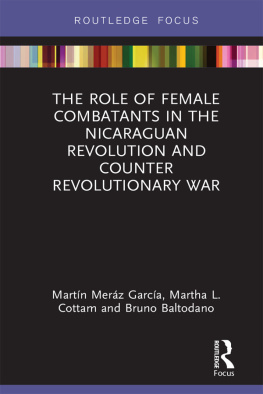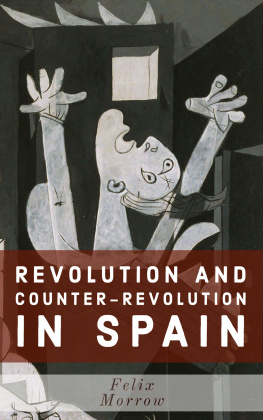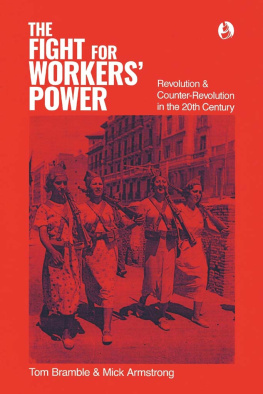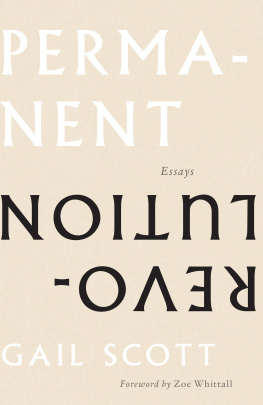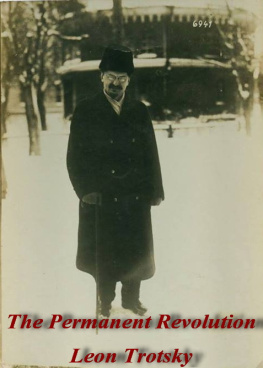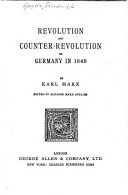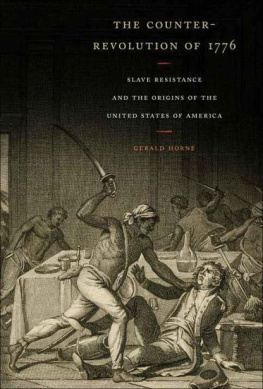William F. Dunne - Permanent Counter-Revolution: The Role of the Trotzkyites in the Minneapolis Strikes
Here you can read online William F. Dunne - Permanent Counter-Revolution: The Role of the Trotzkyites in the Minneapolis Strikes full text of the book (entire story) in english for free. Download pdf and epub, get meaning, cover and reviews about this ebook. City: New York, year: 1934, publisher: Workers Library Publishers, genre: History. Description of the work, (preface) as well as reviews are available. Best literature library LitArk.com created for fans of good reading and offers a wide selection of genres:
Romance novel
Science fiction
Adventure
Detective
Science
History
Home and family
Prose
Art
Politics
Computer
Non-fiction
Religion
Business
Children
Humor
Choose a favorite category and find really read worthwhile books. Enjoy immersion in the world of imagination, feel the emotions of the characters or learn something new for yourself, make an fascinating discovery.

- Book:Permanent Counter-Revolution: The Role of the Trotzkyites in the Minneapolis Strikes
- Author:
- Publisher:Workers Library Publishers
- Genre:
- Year:1934
- City:New York
- Rating:3 / 5
- Favourites:Add to favourites
- Your mark:
- 60
- 1
- 2
- 3
- 4
- 5
Permanent Counter-Revolution: The Role of the Trotzkyites in the Minneapolis Strikes: summary, description and annotation
We offer to read an annotation, description, summary or preface (depends on what the author of the book "Permanent Counter-Revolution: The Role of the Trotzkyites in the Minneapolis Strikes" wrote himself). If you haven't found the necessary information about the book — write in the comments, we will try to find it.
William F. Dunne: author's other books
Who wrote Permanent Counter-Revolution: The Role of the Trotzkyites in the Minneapolis Strikes? Find out the surname, the name of the author of the book and a list of all author's works by series.
Permanent Counter-Revolution: The Role of the Trotzkyites in the Minneapolis Strikes — read online for free the complete book (whole text) full work
Below is the text of the book, divided by pages. System saving the place of the last page read, allows you to conveniently read the book "Permanent Counter-Revolution: The Role of the Trotzkyites in the Minneapolis Strikes" online for free, without having to search again every time where you left off. Put a bookmark, and you can go to the page where you finished reading at any time.
Font size:
Interval:
Bookmark:
Workers Library Publishers, New York
P.O. Box 148, Sta. D (50 East 13th St.)
October, 1934
Foreword - 3
Part 1: The Role of the Trotzkyites in the Minneapolis Strikes - 8
I Most Rapid Retreat of Leaders in U.S. History From "General Strike" to Surrender in 24 Hours - 8
II Minneapolis Example of Technique of Turning Offensive Into Retreat, Victory to Defeat - 12
III Trotzky Group United with Olson Machine in A. F. of L. to Send Back Minneapolis Strikes - 17
IV Trotzkyite Sheet Conceals Part Played by Olson, Farmer-Labor Governor, in Defeating the Great Minneapolis Strike Movement - 21
V The Party Leadership Analyzed - 26
VI Background and Perspective of Minnesota Labor - 30
Part 2: Permanent Counter-Revolution - 36
The two militant strikes of truck drivers and helpers in Minneapolisin May and Julyhave raised in the most pressing form the question of the relations between the Farmer-Labor state government, headed by Governor Floyd Bjornsterne Olson, and the labor movement.
The question arose in a particularly sharp form in the second strikealthough it was present in the first strike and of basic strategic importance at that time. It came up because the Minneapolis Trades and Labor Assembly was and is dominated by Olson supporters who hold official positions in the trade union movement.
Both strikes involved several thousand newly organized workers, and their wives and families. Both strikes had great popular support. In both strikes the workers conducted themselves with the greatest resoluteness, heroism, and discipline. Up to the time Governor Olson sent in his troops and declared martial law, the strikers defeated the employers. They succeeded in the mass picketing, which was aided by great numbers of other workers and unemployed mobilized through the Unemployment Councils and the Communist Party, and in the physical combats with the police and other armed forces of the employers. Truck transportation moved only with the permission of the strike committee.
It is an axiom of working class struggle that the better the organization of the workers' forces and the higher their morale, the greater is the guilt of the leadership for not obtaining the maximum results in the given circumstances, or for an actual defeat.
The Trotzkyite leadership of Truck Drivers and Helpers Union 574 cannot swear themselves loose from this guilt. Neither can they excuse their defeatist strategy and tactics by pleas of ignorance. Nor can they say that they were not warned of the consequences to the truck drivers and the labor movement as a whole of their toleration (to put it mildly) of Governor Olson and his official instruments in the Trades and Labor Assembly.
In estimating the extent of the Trotzkyite trifling with and ignoring of the most fundamental question of the labor and revolutionary movementthat of the class character of the government in any given epochwe must keep in mind that this gentry pose as revolutionists. They pretend to be far more "revolutionary" than the Communist Party. They take the leader in slandering and vilifying Communists and the Communist International among more advanced workers. Furthermore, before the Minneapolis strike, they claimed they had discovered the magic method by which revolutionists could work in the American Federation of Labor unions without coming into decisive clashes with "conservative" officialdom.
They sneered at the Communists who declared that the exposure of and struggle against the bureaucracy were necessary if the rank and file in any struggle was not to be confused, discouraged and betrayed.
The Trotzkyites laughed off all the proposals to make clear the true anti-working class role of Governor Olson in the first strike. Even when he had the National Guard under arms these leaders kept their mouths shut.
From the very beginning, it was most necessary to prepare the workers for Olson's later military attack. This attack was sure to come if the truck drivers and their working class supporters pressed forward their demands and mass struggle for union recognition, higher wages, and better working conditions. Yet these Trotzkyites, although they claim to be revolutionists, did not remind the workers of what Marx and Engels wrote of the role of government: "The Statethat is the executive committee of the ruling class."
In the first strike, in May, the Trotzkyite leaders, working closely with Olson's henchmen in the Trades and Labor Assembly, discouraged a general strike for which large numbers of workers and their unions were ready and had in fact already voted.
They signed a "truce" with the employers while Olson kept his troops mobilized. The truce turned out to be the end of the strike. It was hailed as a "victory" by the Trotzkyite press and by the official labor press.
The Trotzkyites wrote long articles in their press denouncing Communist critics of their conduct of the strike. They edged their way into "liberal" publications with glowing encomiums for themselves and sly slanders of the "Stalinites", of the "official Communists".
But the victory was a hollow one, as the Communists pointed out. The employers, and Olson, having carefully observed the tactics of the Trotzkyites, and having made their own estimate of the caliber of these leaders, arrived at the conclusion that it was not necessary even to comply with the formal terms of the "settlement". They refused to increase wages, they discriminated against union members, they refused to abide by working rules or classifications of employees.
They wanted another strikea showdown. The union was forced to strike; but the probability of victory lay with the truck drivers. The arbitrary attitude of the Citizens' Alliance and the employers generally had placed large sections of the population on the side of the workers, and the working class as a whole was ready to support their struggle.
From the outset, knowing that Olson and his troops would, if necessary, be used to decapitate the strike, the employers, the Minneapolis chief of police, and the Citizens' Alliance deliberately provoked the workers. Early in the trike, acting under orders to shoot to kill given them by Chief of Police Johannes, police shot into unarmed pickets, killing two and wounding fifty or more.
Olson promptly brought in the troops. He declared martial law and authorized the issuing of permits for the moving of trucks. Something like 4,000 permits were issuedbreaking the strike. A sham battle went on between Olson and the Citizens' Alliance but the main objective had been reachedthe conduct of the strike was taken out of the hands of the unions.
Governor Olson's troops raided the headquarters of Local Union 574 and arrested something like two hundred leaders and active members. These were placed in a military stockade, and brought before military courts.
It was not until martial law was declared that the Trotzkyite leaders began to criticize Olson. Even then their criticisms were mild, tempered and eclectic.
Their daily official strike publication was edited by one, Solow, until recently one of the editors of the Menorah Journal and a still more recent Trotzkyite acquisition. It had the crust to declare in a first page editorialafter martial law had been declaredthat "the sole responsibility for martial law in Minneapolis rests on the shoulders of the employers". (Our emphasis.) No responsibility on Olson, the governor who sent in the troops and who is their commander-in-chief!
Even after martial law was in force, Goldman, the Trotzkyite lawyer from Chicago, was declaring at Minneapolis mass meetings that Olson was a product of contending class forces, that he had hesitated, that he had gone to the Right and to the Left, etc., "but that as long as he goes to the Left we will support him", et cetera, ad nauseum!
Font size:
Interval:
Bookmark:
Similar books «Permanent Counter-Revolution: The Role of the Trotzkyites in the Minneapolis Strikes»
Look at similar books to Permanent Counter-Revolution: The Role of the Trotzkyites in the Minneapolis Strikes. We have selected literature similar in name and meaning in the hope of providing readers with more options to find new, interesting, not yet read works.
Discussion, reviews of the book Permanent Counter-Revolution: The Role of the Trotzkyites in the Minneapolis Strikes and just readers' own opinions. Leave your comments, write what you think about the work, its meaning or the main characters. Specify what exactly you liked and what you didn't like, and why you think so.

